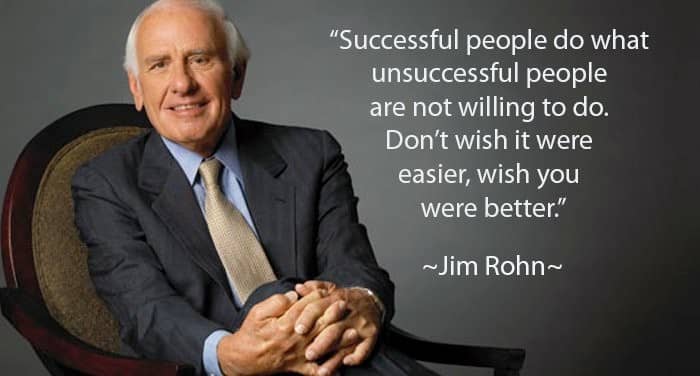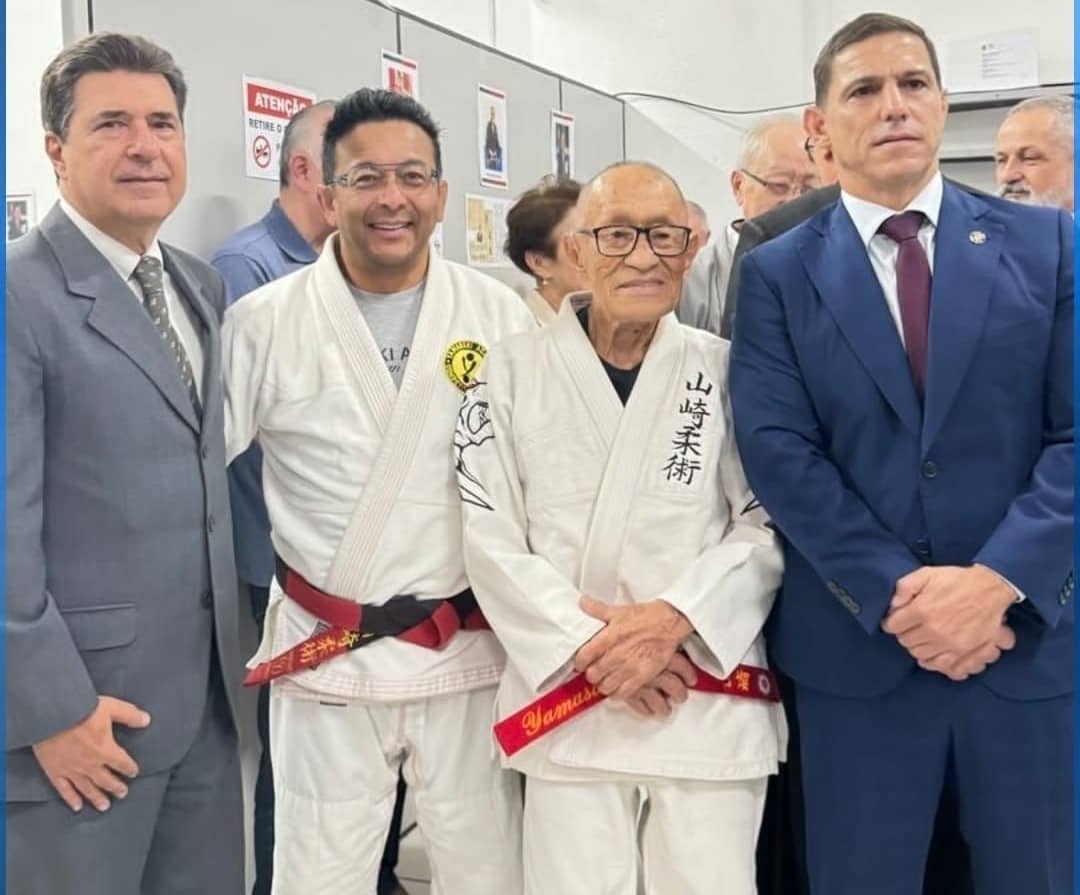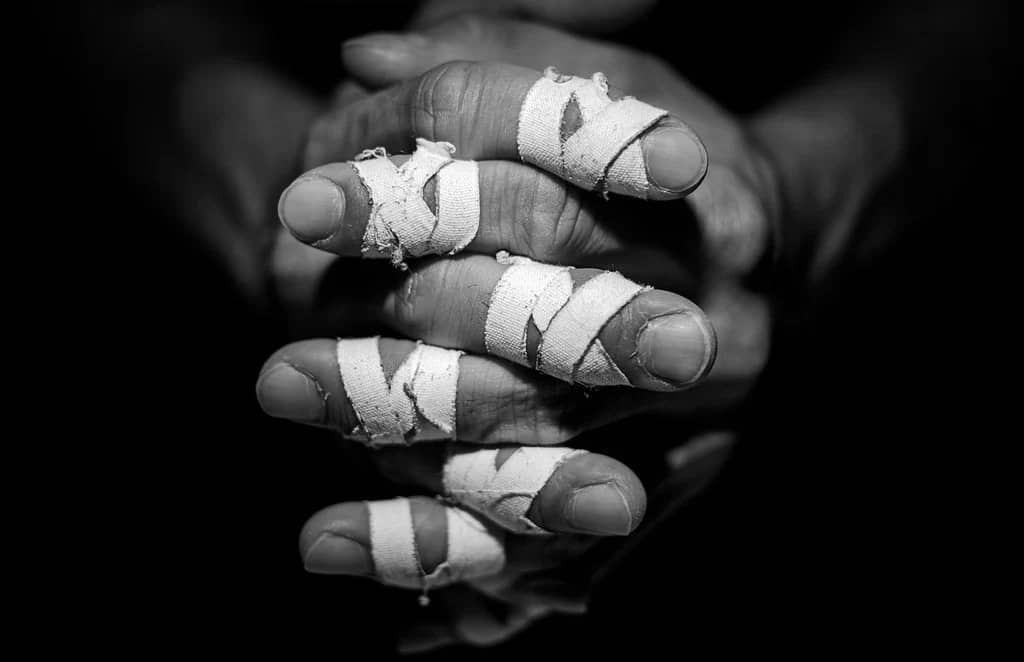
In the world of personal development and success literature, few concepts resonate as profoundly as Jim Rohn’s explanation of the “3% and the 97%” of the population. This concept, which delineates the stark difference between those who achieve exceptional success and those who remain in mediocrity, is a powerful tool for understanding human behavior, motivation, and the keys to unlocking one’s full potential. In this article, we delve deeply into Rohn’s philosophy, exploring the intricacies of his 3% versus 97% principle and how it applies to various aspects of life and success.
Who Was Jim Rohn?
Jim Rohn was a renowned American entrepreneur, author, and motivational speaker. His teachings on personal development, leadership, and success have influenced millions around the globe. Rohn was a master of articulating complex ideas in simple, relatable terms, making his wisdom accessible to everyone, from aspiring entrepreneurs to seasoned professionals. One of his most enduring legacies is his explanation of the 3% and the 97%—a concept that has become a cornerstone in the field of personal development.
The Core Concept: 3% vs. 97%
At the heart of Rohn’s philosophy is the idea that only 3% of the population truly achieves success, while the remaining 97% live lives of mediocrity. This isn’t just about financial success, but about achieving excellence in any chosen field or aspect of life. According to Rohn, the difference between these two groups lies not in inherent talent or luck, but in mindset, habits, and the willingness to take consistent, deliberate actions towards one’s goals.
The Characteristics of the 3%
The 3% of the population who achieve exceptional success share several key characteristics that set them apart from the rest:
- Goal-Oriented: The 3% are meticulously goal-oriented. They set clear, specific, and measurable goals and create detailed plans to achieve them. They understand the importance of having a vision and a roadmap to guide their actions.
- Disciplined and Consistent: Success doesn’t come overnight, and the 3% know this well. They demonstrate discipline and consistency in their efforts, maintaining focus even when the path is challenging or progress is slow.
- Lifelong Learners: The top 3% are committed to continuous personal and professional growth. They are lifelong learners, constantly seeking new knowledge, skills, and experiences that can enhance their abilities and keep them ahead of the curve.
- Resilient: Failure is inevitable on the road to success, but the 3% exhibit an unshakable resilience. They view setbacks as learning opportunities rather than insurmountable obstacles, using each failure as a stepping stone toward their ultimate goals.
- Self-Accountable: Those in the 3% group take full responsibility for their lives. They do not blame others or external circumstances for their failures. Instead, they hold themselves accountable for their actions and outcomes, empowering them to make the necessary changes to achieve success.
The 97%: The Majority Who Settle
In contrast, the 97% of the population who remain in mediocrity often display a different set of behaviors and attitudes:
- Lack of Clear Goals: The majority of people either set vague goals or none at all. Without a clear direction, they drift through life, reacting to circumstances rather than proactively shaping their destinies.
- Inconsistency: While they may have bursts of enthusiasm, the 97% often lack the discipline to maintain consistent efforts towards their goals. This inconsistency leads to half-finished projects and unfulfilled potential.
- Comfort Zone Mindset: The 97% prefer to stay within their comfort zones, avoiding risks and challenges. This mindset limits their growth and keeps them from achieving their full potential.
- External Locus of Control: Many in the 97% believe that their lives are shaped primarily by external forces—luck, other people, or circumstances. This external locus of control disempowers them, as they fail to recognize the impact of their own decisions and actions on their outcomes.
- Fear of Failure: The fear of failure often paralyzes the 97%, preventing them from taking the risks necessary to achieve greatness. They view failure as a negative experience to be avoided at all costs, rather than a valuable opportunity for growth.
How to Transition from the 97% to the 3%
The good news is that the behaviors and mindsets of the 3% can be learned and adopted by anyone willing to put in the effort. Here are some steps to help you make the transition from the 97% to the 3%:
1. Set Clear, Specific Goals
The first step towards success is setting clear, specific, and measurable goals. Define what success looks like for you in both the short and long term. Break down your goals into actionable steps and create a timeline to keep yourself on track.
2. Develop Discipline and Consistency
Discipline is the bridge between goals and achievement. Cultivate habits that align with your goals and make a commitment to follow through with them consistently. Remember, consistency is more important than intensity—small, consistent actions over time lead to significant results.
3. Embrace Lifelong Learning
Commit to being a lifelong learner. Invest in your education, whether through formal courses, self-study, or experiential learning. Stay curious and open to new ideas, and always seek to improve your skills and knowledge.
4. Build Resilience
Learn to view setbacks as opportunities for growth. Develop resilience by focusing on what you can learn from each failure and how you can apply that knowledge to future endeavors. The ability to bounce back from adversity is a key trait of the 3%.
5. Take Responsibility for Your Life
Shift your mindset from one of victimhood to one of empowerment. Take full responsibility for your actions, decisions, and outcomes. Recognize that you have the power to shape your life through the choices you make.
6. Step Out of Your Comfort Zone
Greatness lies outside of your comfort zone. Challenge yourself to take risks, try new things, and push beyond your current limitations. Embrace the discomfort of growth and the unknown, knowing that it is a necessary part of the journey to success.
7. Overcome the Fear of Failure
Finally, work on overcoming your fear of failure. Reframe failure as a natural and necessary part of the learning process. Understand that every successful person has failed numerous times before achieving their goals. The key is to keep moving forward, learning, and growing from each experience.
Conclusion: Choosing Your Path
Jim Rohn’s explanation of the 3% and the 97% of the population is a powerful reminder that success is not reserved for the lucky or the inherently talented—it is available to anyone willing to adopt the mindset, habits, and actions of the 3%. Whether you are just starting out on your journey or looking to elevate your current level of success, the principles outlined above can help you move from the 97% to the 3%, unlocking your full potential and achieving the life you desire.
Unlock your full potential and transform your life by combining the powerful principles of Jim Rohn with the dynamic practice of Brazilian Jiu-Jitsu at Team Randori Martial Arts in Annapolis. By embracing Rohn’s success mindset—goal-setting, discipline, and resilience—and applying it on the mat, you’ll not only build physical strength and self-defense skills but also develop the mental fortitude and confidence needed to excel in all areas of life. At Team Randori, we believe in empowering individuals to break through their limits, achieve personal greatness, and live a life of purpose. Start your journey with us today and experience the life-changing benefits of Brazilian Jiu-Jitsu and Jim Rohn’s timeless wisdom.
To read other Blog articles 📖 that I have published. Simply click 🖱️on this URL Annapolis Jiu Jitsu Blog Articles.
If you want to take your grappling performance 💪 to the next level. Check out A1Grappler. Our specific line of Grappling 💊Nutritional Supplements, designed by Grapplers for Grapplers🥋🤼♀️ .
Interested in Brazilian Jiu Jitsu. Start in Annapolis’ premier Jiu Jitsu Academy. Our instructor staff consists of Brazilian National Champions, Pan American World Champion Masters World Champions and North American Grappling Champions. It gets NO better than Team Randori. Click HERE TO START.
Professor Al Hogan is a recent inductee in the U.S. Martial Arts Hall of Fame (2024) and a two time IBJJF Masters World Champion and Pan American Champion. He is renowned for his expertise in Brazilian Jiu Jitsu and Defensive Tactics Instruction, catering to the Jiu Jitsu enthusiast, law enforcement, military and security personnel.
👊 If you’re ready to amplify your Jiu Jitsu journey under Professor Al's tutelage, we offer you a complementary 1 Week Free Membership in our academy.



